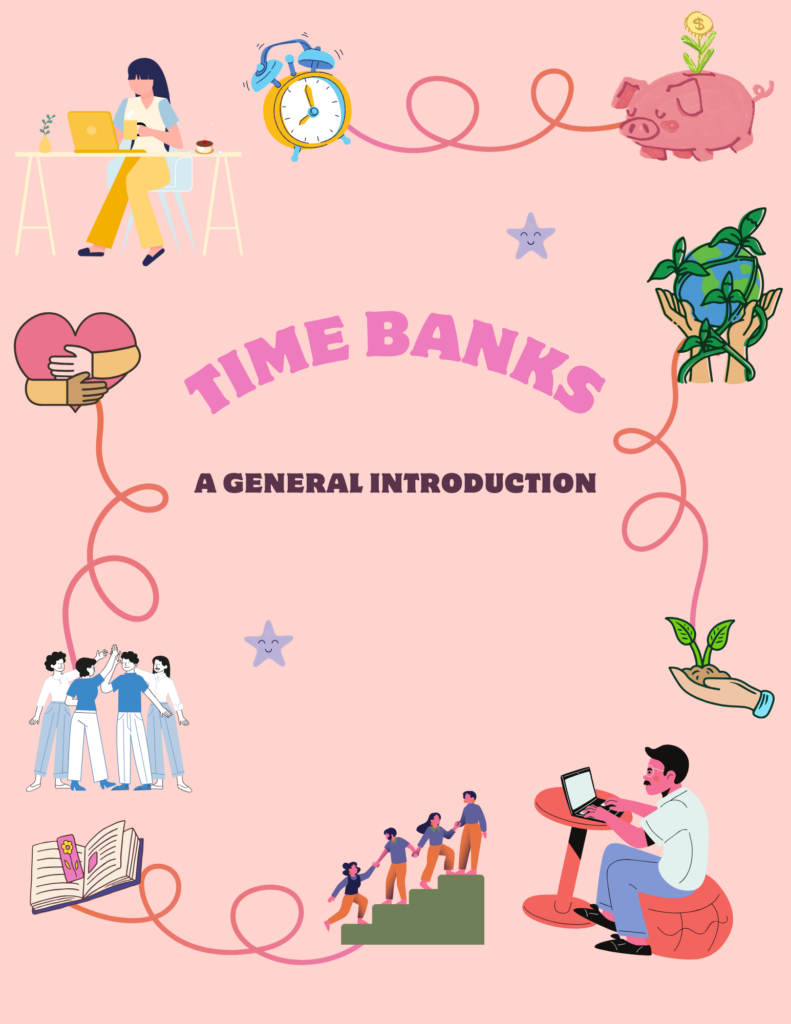
“BOTH BORROWERS AND LENDERS:
TIME BANKS AND THE AGED IN JAPAN“
By
ELIZABETH JILL MILLER
A thesis submitted for the degree of
Doctor of Philosophy
of the
Australian National University
June 2008
Time banks: A general introduction
Time banks are a form of community currency. These have been defined as ‘a medium for exchanging goods and services within a community’ (Doteuchi,2002: 82) or as ‘agreements within a community to accept something else than legal tenders as a means of payment’ (Lietaer, 2004: 3). While encouraging
two-way communication they can also form a safety net to empower disadvantaged individuals by giving them an alternative way in which to earn both services and respect within their local areas. In the case of older Japanese, participation can keep them involved in their society and also earn many other benefits. The benefits are outlined in this thesis.
These groups can nurture alternate styles of human relationships in a complex society undergoing change. Such experiments ‘tried at various levels of Japanese society are emerging as a significant force to bring about changes within the system itself’ (Moon, 2002: 37). Community or complementary currencies first emerged in the 1930s in the United States and Europe as a 20 means of enabling areas with high unemployment to remain economically sustainable during the Depression (Lietaer, 2001: 148). The form known as time banks appeared later, starting in the 1970s in Japan, which has seen the most diverse trials of them.
Time bank systems offer an innovatory way in which people can participate in
society both as givers and receivers of services. They operate by using time as a form of currency. For every hour that a person volunteers in giving services to others they receive an hour of service in return. This amount can be used immediately, be banked for future use or donated for use by other individuals.
The group running the system keeps records of how much time individuals give or receive and also of what services people can offer or need and then matches up participants. Many groups have Internet sites that offer assistance to people who would like to set up new branches.
All work is seen as equal because, regardless of its nature, it earns the same amount of hourly credits. One of the unique strengths of the system is that it does not accept the value hierarchy of the normal money market. Complementary currencies are commonly used in areas such as welfare and educational services. However, there are no real limits to how they can be employed. Edgar Cahn says that, when he created his time dollar form of time banking in the United States, he had no idea that they could be employed in the many diverse ways that they have been (Cahn, 2002).